Can you start over after a decade of doing the same thing?
Tin Trohar spent ten years making glitter paintings.
Then his studio disappeared. He moved.
His mother's death anniversary arrived.
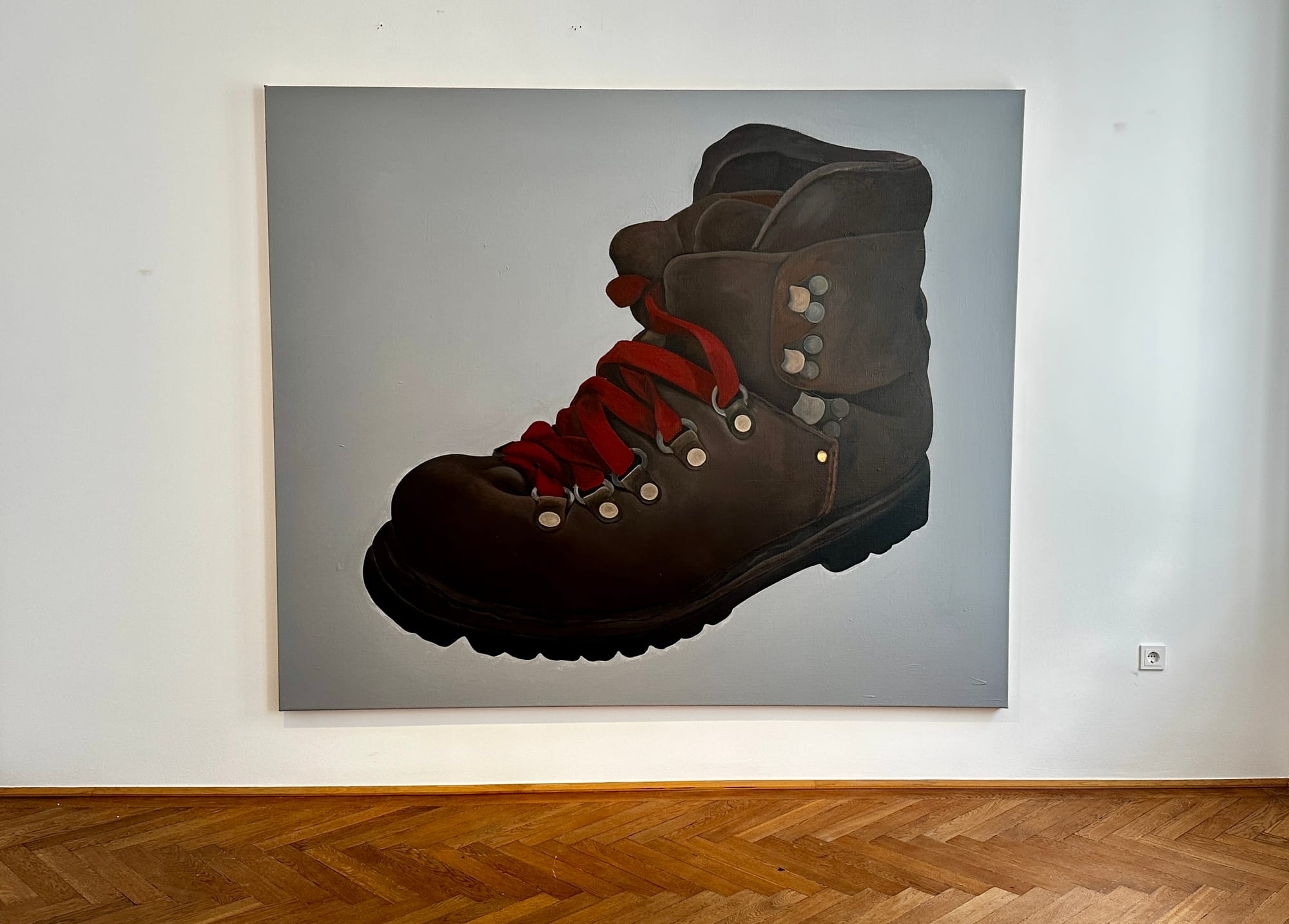
A childhood drawing of a Boot hung in his studio, refusing to leave him alone. By the time "1996" opened at Klubhaus, the glitter was gone.
What replaced it wasn't just new work. It was a giant leap into terrain he didn't recognize. No safety net. No backup plan. Just five paintings and balloons at the entrance marking a threshold he can't uncross.
Tin Trohar's "1996" at Klubhaus: When Respawn Becomes Necessity
This wasn't planned as a reinvention. Trohar didn't sit down and decide to evolve his practice. Life interrupted. No studio. A move.
Pressure from an upcoming show at Klubhaus (Kunst und Schnittlauch via Instagram).
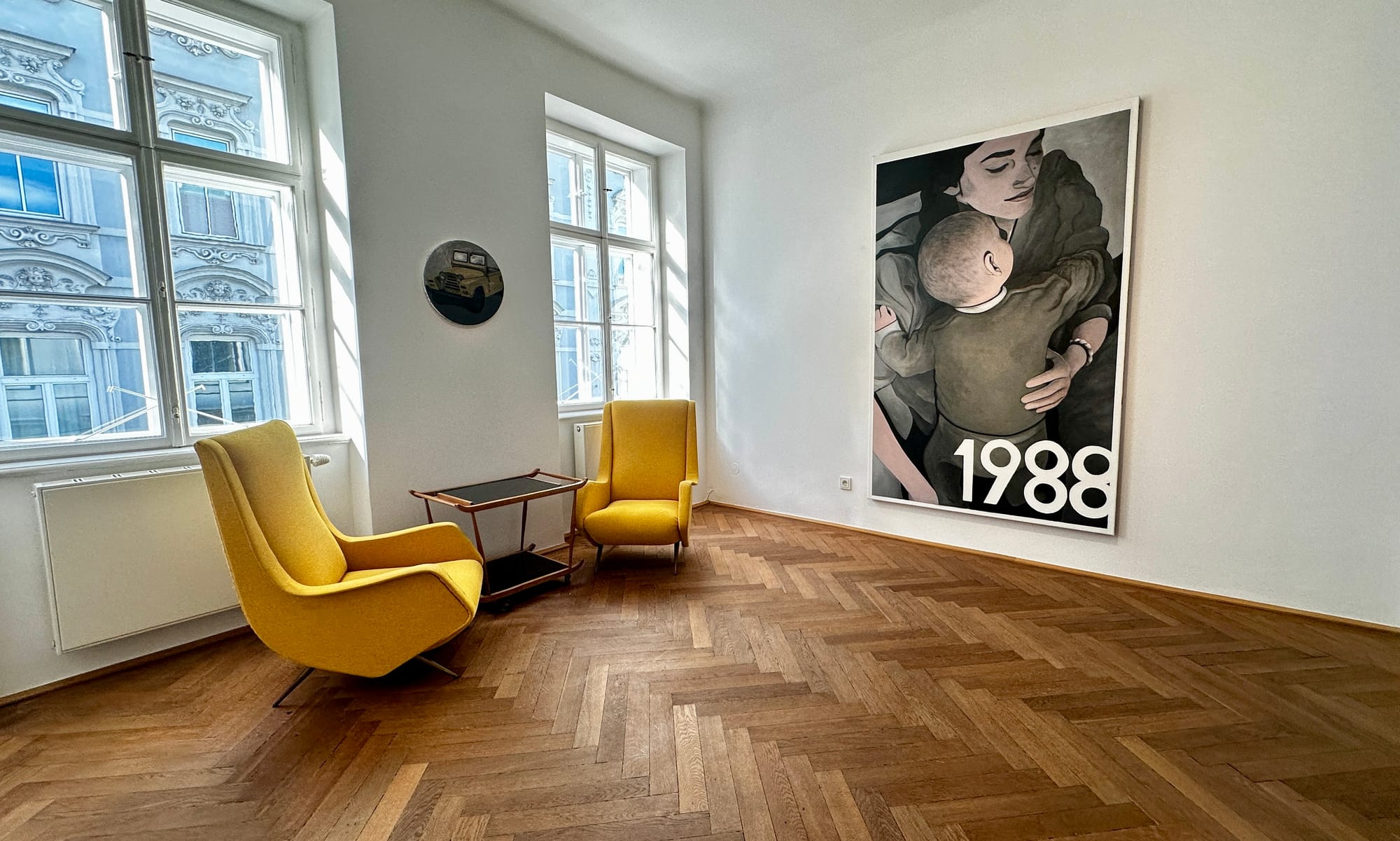
And then, in the middle of logistical chaos, the anniversary of his mother's death. Memories started flickering back. Not the polished kind you put in photo albums. The fragmentary ones that show up uninvited.
A childhood drawing of a Jeep, something Trohar drew as a child, became omnipresent in his temporary workspace. Not as decoration. As insistence. His father dug deeper, gave him more drawings from his past. These fragments from childhood demanded attention until the Jeep became a painting.
Independent art writing. All free. Support if you can.
Then came the oversized hiking boot.
The mother and child. Five paintings total.
None of them glitter. None of them crucifixions.
All of them feel like someone working through what was, what is, and what might still be possible.
Trohar told me (us) this wasn't psychological processing in the therapeutic sense. It was engagement. A reckoning with himself through paint.
The boot isn't a metaphor for overcoming obstacles. It's a fragment of something larger. You climb it only if you're willing to face what happened.
The climb doesn't promise resolution. Just perspective from a different height.
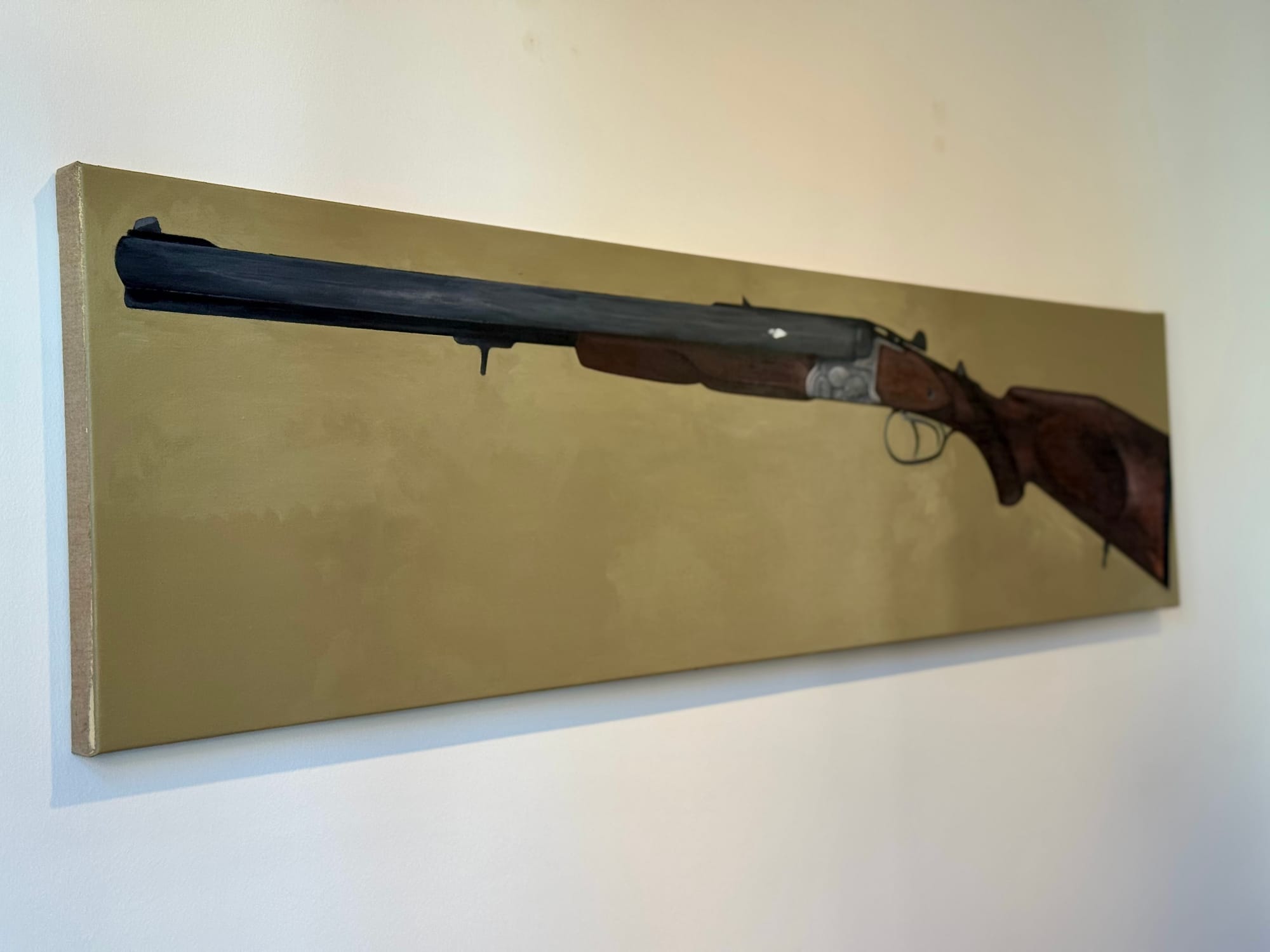
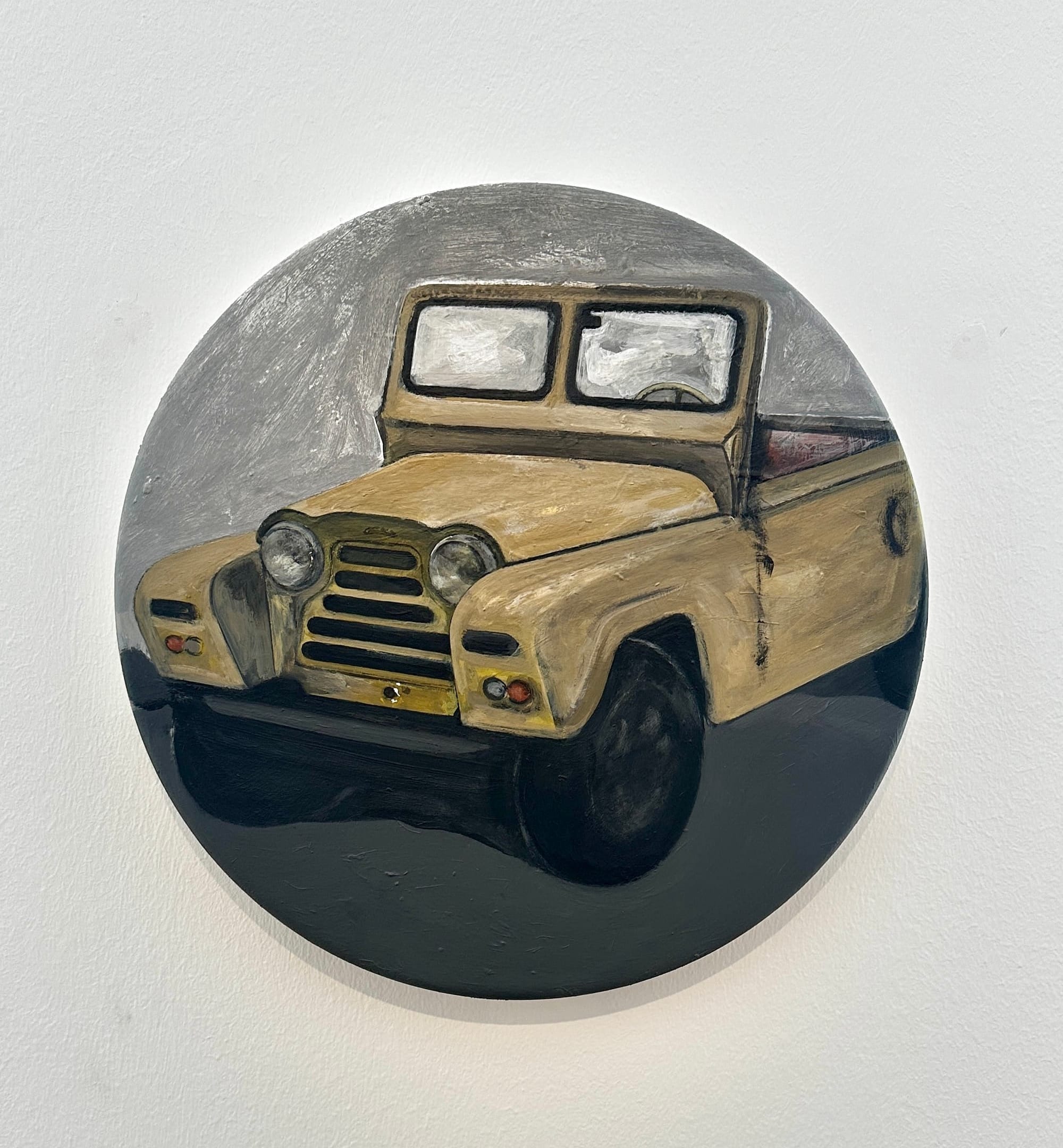
Why This Matters for Artists (and Anyone Else)
Respawning is terrifying. You lose your accumulated style, the recognition, the things people expect. For an artist, it's worse. Your income depends on people knowing what you do.
Collectors buy the thing you're known for. Galleries book you because your work fits a narrative they can sell. Walking away from that requires clarity. Or necessity. Sometimes both.
Trohar had a moment when the glitter stopped making sense. Not because it was bad work, but because the feeling was gone. So he stopped. Used different formats. Painted differently. Explored new thematic terrain. That's not courage. That's listening when your practice tells you it's time to move.
What makes "1996" compelling isn't the newness. It's the honesty. These paintings don't pretend to have answers. The Jeep flickers between memory and invention. The boot insists you look up before you can see clearly.
This is what it looks like when an artist stops performing and starts searching.
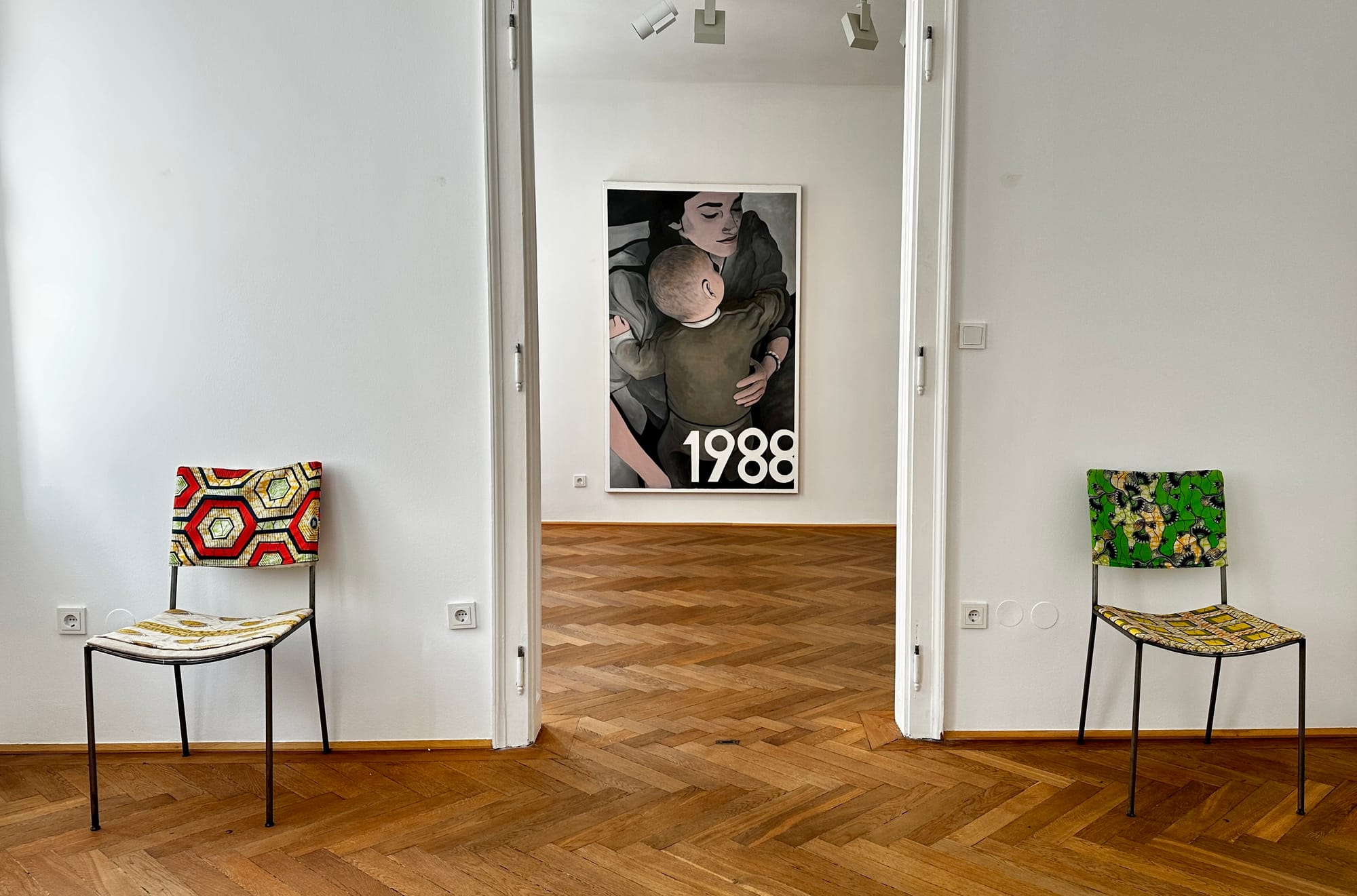
The Role of Friendship: Alexander Giese
Alexander Giese who's been Trohar's friend for years. Not the kind of friendship that offers polite encouragement. The kind where someone can tell you, unfiltered, when something works or doesn't. Where a gesture, excited or skeptical, says more than paragraphs of critique.
That relationship matters here. Trohar wasn't working with a commercial gallery that needed him to deliver a recognizable product. He was working with someone who'd support the leap. That safety net, not financial, but emotional, makes risk possible. You can't respawn in a vacuum. You need at least one person who says, "Yeah, try it. Let's see what happens."
Giese gave him that space. Klubhaus became a container for work that needed time to emerge. The balloons. The boot.
The quiet paintings of memory making sense of itself. This wasn't a market calculation. It was a friendship making room for transformation.
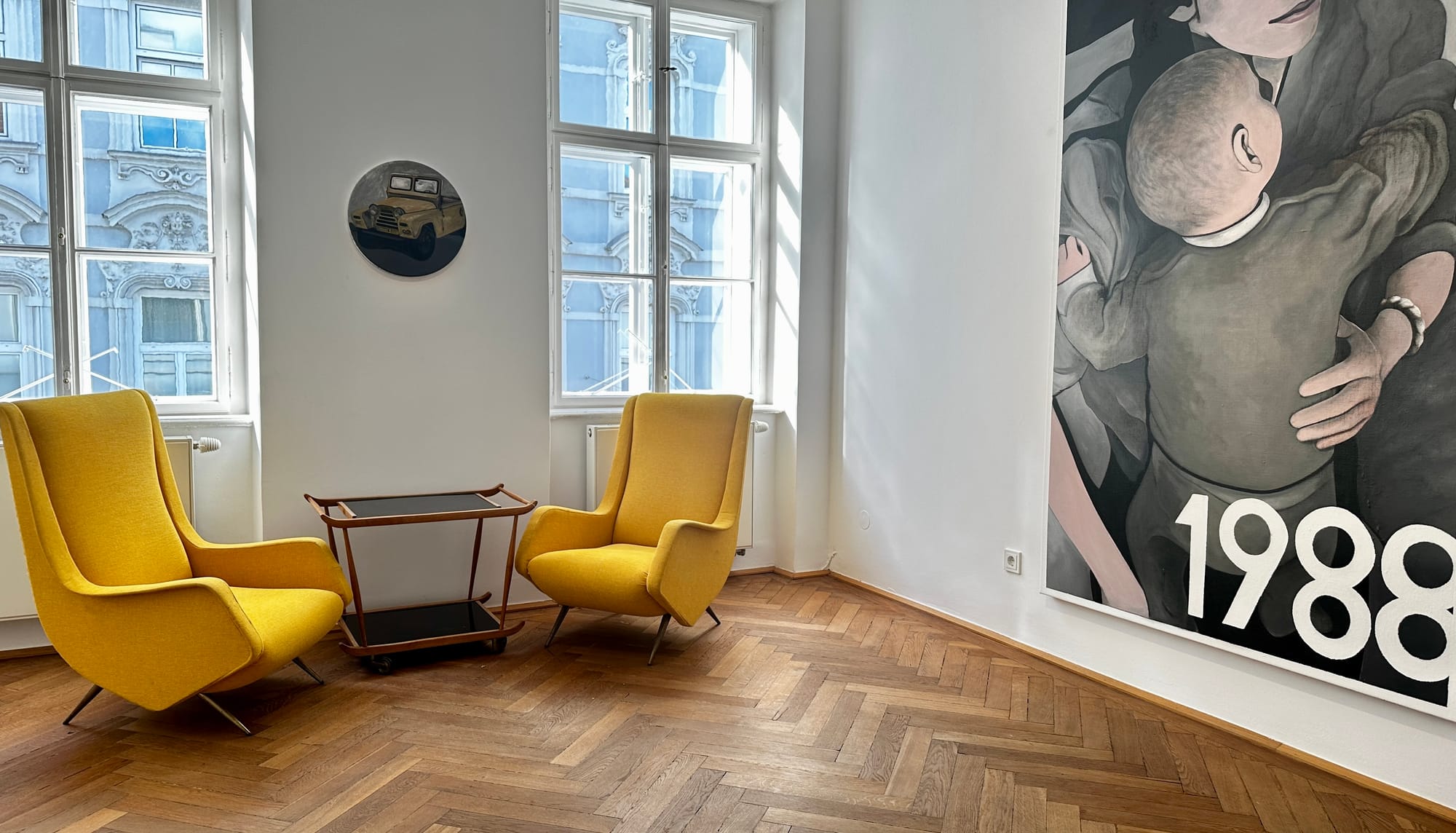
The Giant Leap Forward
For artists, the unknown is both threat and opportunity. Trohar's leap into new terrain wasn't about discovery in the romantic sense. It was about necessity. When your work stops inspiring you, stops awakening something, it's time to move on. To dare to move on. Not because the old work was false, but because it stopped being true. He chose adaptation. Different formats. Different themes. Different way of moving a brush.
That choice has consequences. No more glitter means no more easy recognition. But staying would have been worse. The statement "1996" makes isn't "look how I've grown." It's "I can't keep doing what I was doing and still mean it."
For anyone standing at a similar threshold, that's the lesson. Respawn isn't about becoming someone new. It's about recognizing when what was real stops being real, and having the courage to follow what comes next.
About Tin Trohar
Tin Trohar is a Croatian-born, Vienna-based painter known for his use of acrylics and glitter on burlap to reinterpret classical and mythological themes.
His work has been shown at Giese & Schweiger Gallery (Fünf Kreuzigungen) and Galerie Michael Bella (Europe's Feet: In Mythos et Lascivia, 2024).
“1996” marks a radical departure from his signature approach: the glitter is left behind for memory, loss, and the hard work of confronting what remains when familiar methods no longer suffice.
What is “Kunst und Schnittlauch” - Klubhaus (Vienna)?
“Kunst und Schnittlauch” is a Vienna art talk series moderated by Alexander Giese and Christof Habres.
Every Friday afternoon they discuss current exhibitions, artists, and art-market developments in a relaxed format. The playful name nods to the setting: bread with chives alongside conversation, combining culture and a touch of culinary ease to keep art mediation accessible, lively, and personal.
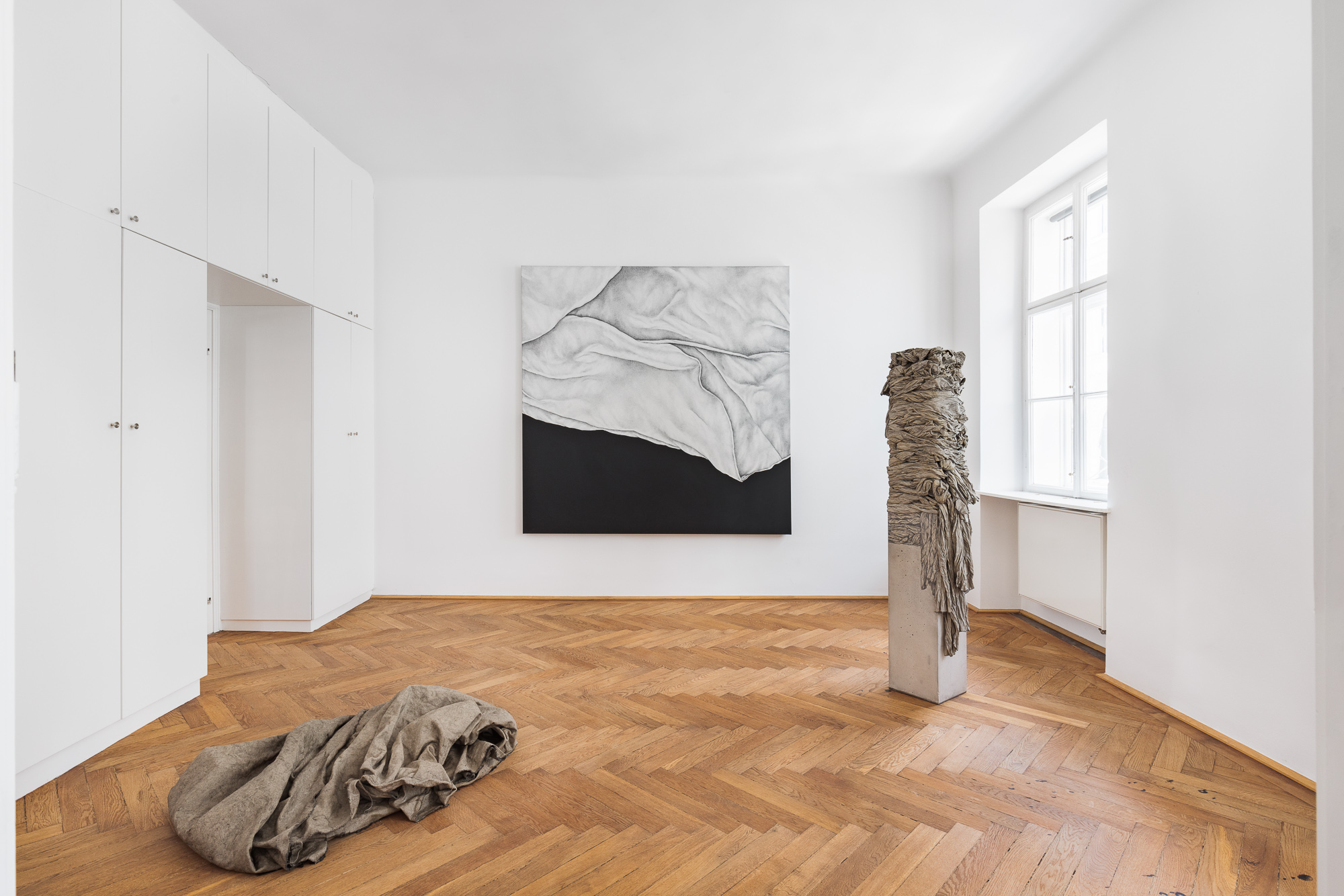
Klubhaus - Kunst und Schnittlauch by Alexander Giesse and Christof Habres , Währing
Where and why it matters
Talks take place at Kunsthandel Giese & Schweiger in Vienna or at the Klubhaus in Währing, a private room for informal exchange and open discussion. The aim is direct dialogue over academic distance: clear language, close looking, and context that helps audiences understand contemporary art.
In short, “Kunst und Schnittlauch” unites Klubhaus atmosphere with serious art criticism, making Vienna’s art scene readable for newcomers and experts alike
Currently on view - Exhibition Details
1996
Tin Trohar
Location: Klubhaus, Kunst und Schnittlauch, Vienna (Founded by Alexander Giese and Christof Habres.
You can respawn. But only if staying the same becomes unbearable.
Tin Trohar's "1996" is proof. Five paintings. One giant leap. No glitter. Only at Klubhaus in Vienna.
→ Visit Klubhaus | Subscribe for Weekly Art Dispatches
This is independent art writing - no paywall, no ads, no bullshit.
If you value this voice, support it.
Dominiques Monday Bitch #2
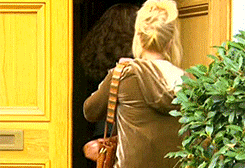
Monday Bitch #2

Catapult - Uncensored
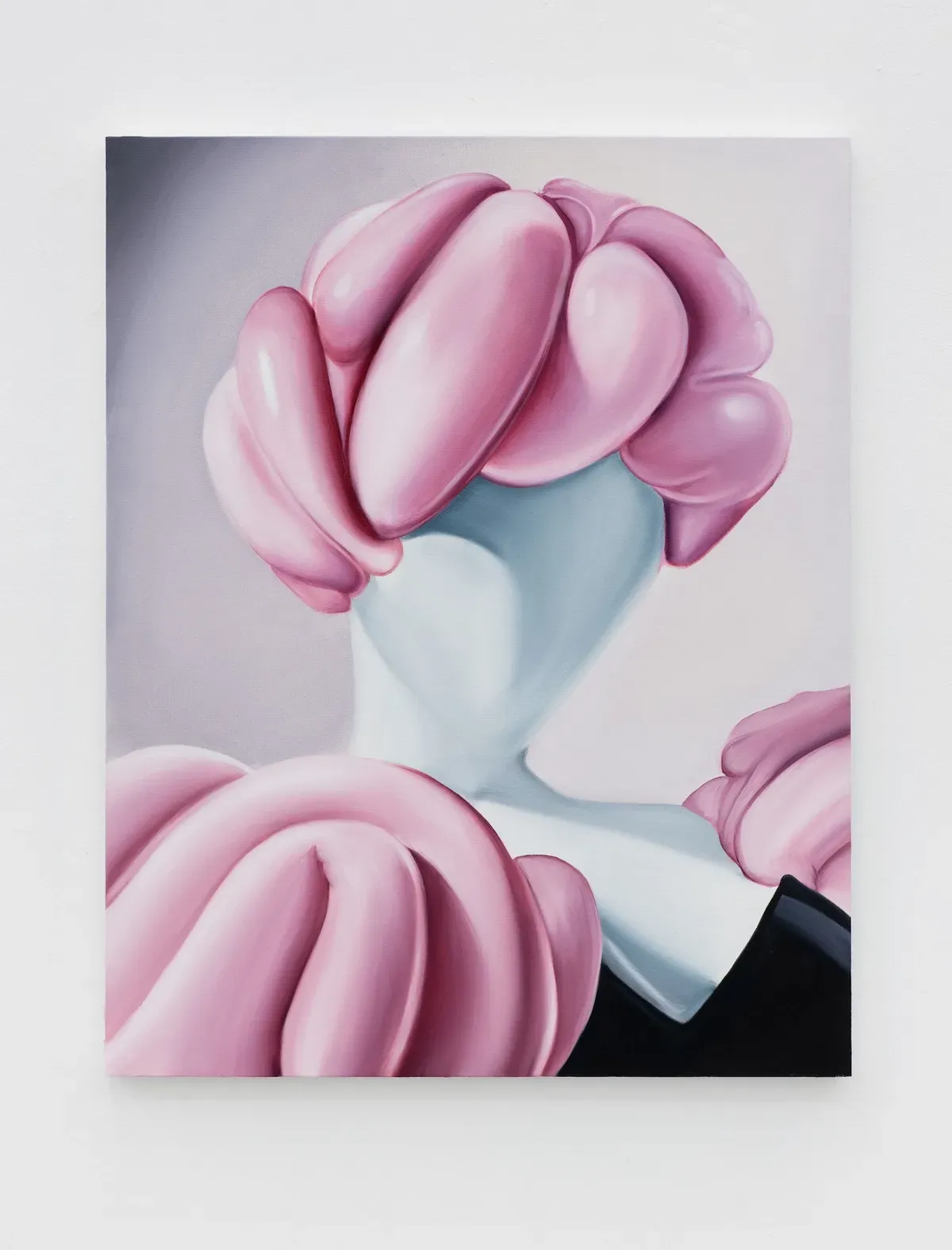
Charlie Stein current Exhibition
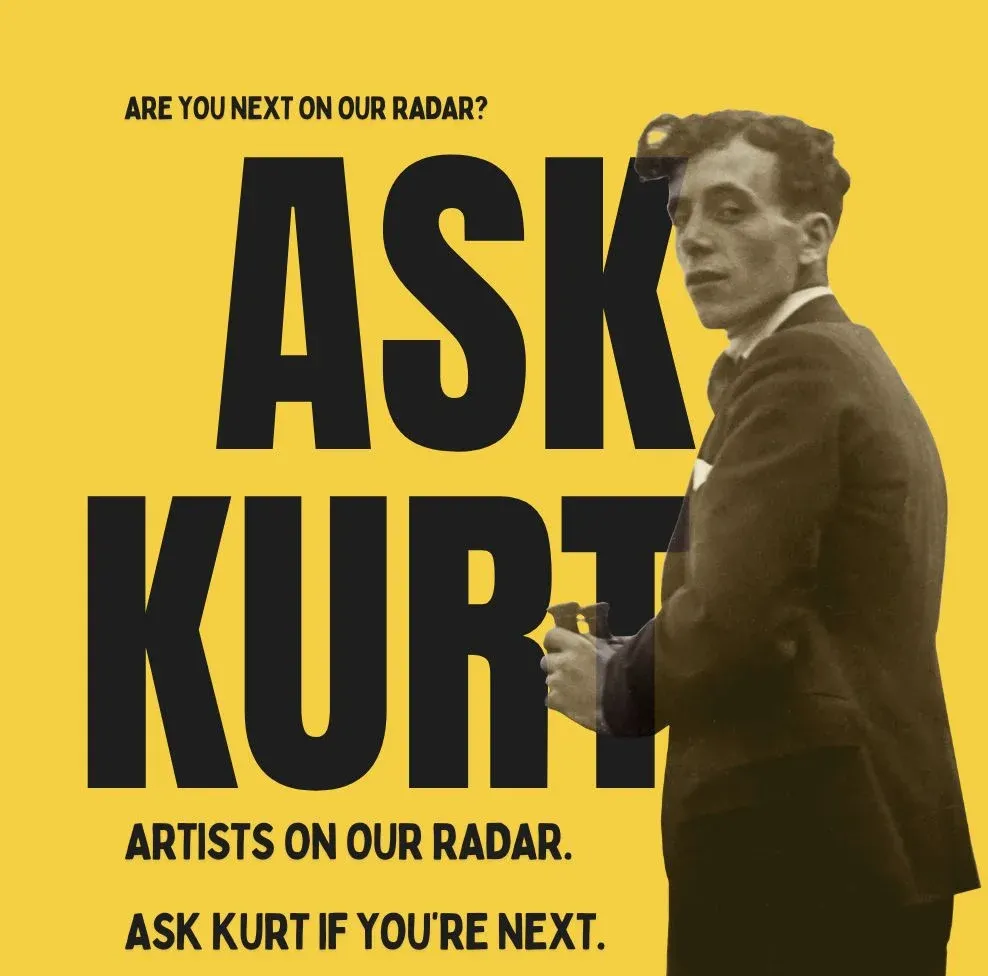

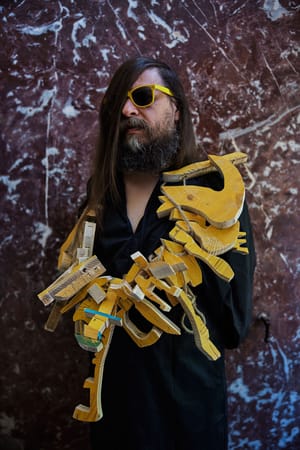
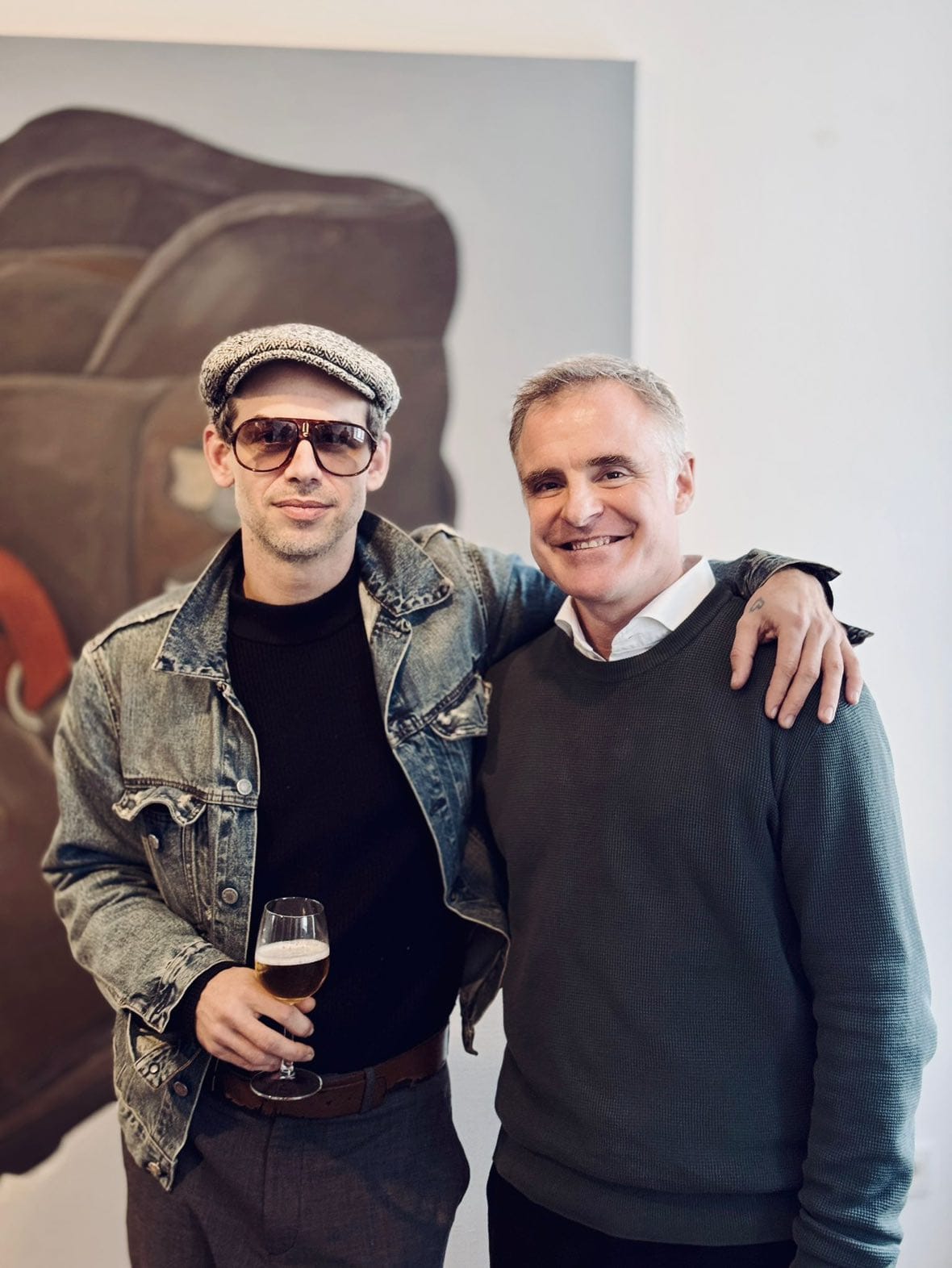
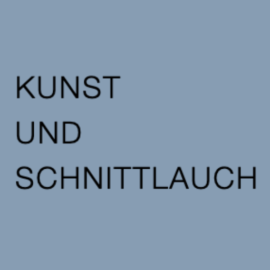




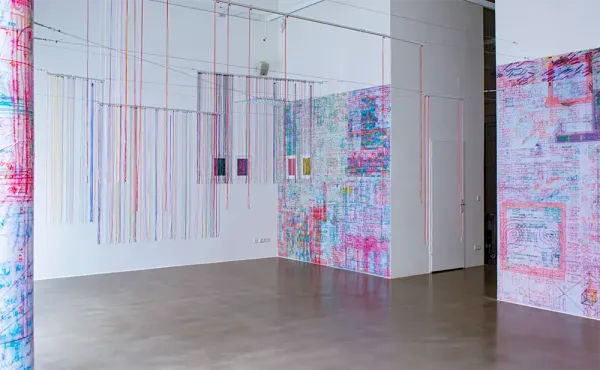
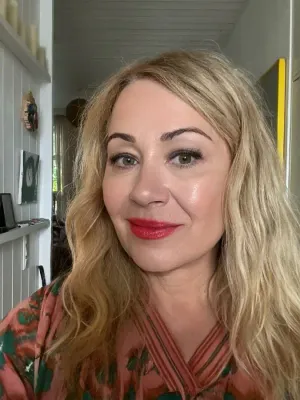
Member discussion